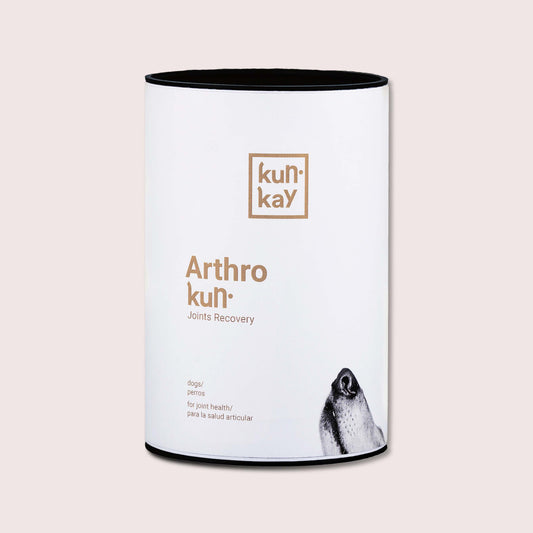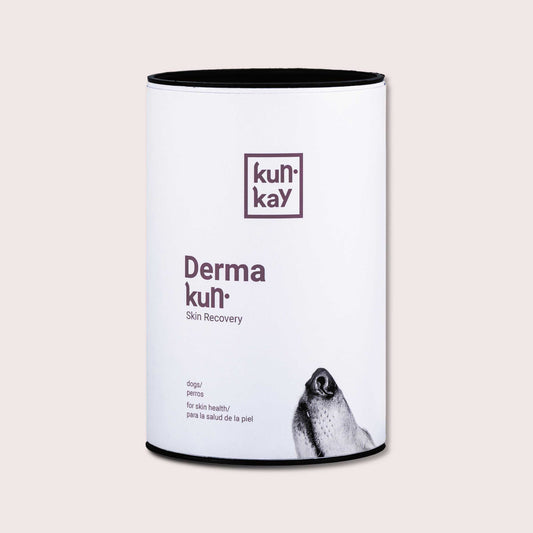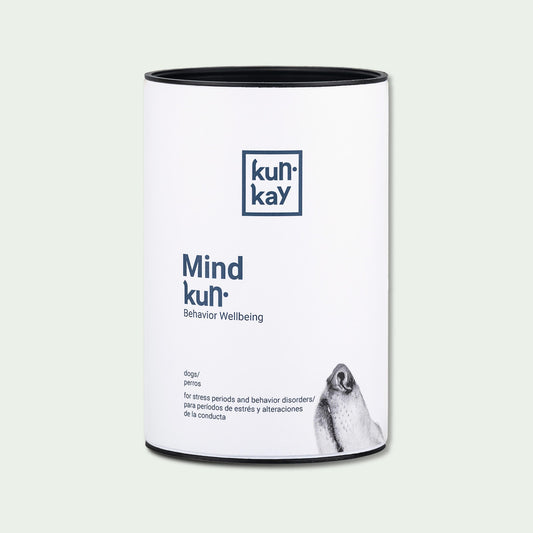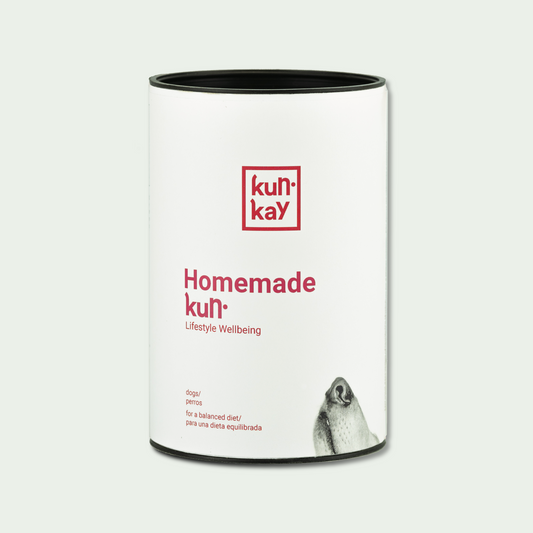Prebiotics, probiotics, and postbiotics
Manufacturing quality supplements that improve the health and quality of life of our furry friends requires specific 📚 knowledge about nutrition to design products with an unbeatable composition. We know that many of you pay special attention to the formulation of Kunkay supplements because you care about the well-being of your companion animals. 🐶🐱
That is why, with today’s post, we want to introduce you to 3 terms that you may find in our technical sheets and that you probably don’t know: probiotics, prebiotics, and postbiotics. You’ll see how the meaning changes with just one letter! 🤓🦠
All three concepts are related to the composition of the intestinal flora, but these substances act at different times and in different ways. In any case, they refer to various types of microorganisms. 🧬
- The first idea to be clear about is that prebiotics are the substances that feed and support probiotics, that is, they are their food. 🍴 When prebiotics reach the digestive system, they become the food for the beneficial bacteria present in our dog and cat friends’ bodies.
- Probiotics are foods or supplements that contain live microorganisms intended to maintain the saprophytic bacteria of the intestine.
- It is there where postbiotics are produced, substances that act in favor of nutritional, metabolic, and immune health. At the same time, they prevent the growth of harmful bacteria, the “good” ones.
What is the relationship with the supplements we offer you? Well, their composition 🧫 includes the necessary ingredients for these microorganisms to be produced.
Products such as Enterokun Mild, Superyellowkun, and Immunokun incorporate Enterococcus faecium and Fructooligosaccharides, soluble fibers like carrot and pumpkin: probiotics, prebiotics, and postbiotics. 🥕
- Enterococcus faecium acts as a stabilizer of the intestinal flora. This probiotic is ideal for dogs and cats undergoing a feeding transition 🥗 who want to maintain intestinal balance and avoid diarrhea episodes or improve stool quality.
- Fructooligosaccharides resist the digestion process and when they reach the intestine reduce the presence of pathogenic bacteria thanks to the release of fatty acids. 🌱
Soluble fibers regulate gastrointestinal transit and help the body have more time to absorb water from intake at the colon level and thus form firmer stools. 💦
🙋🏻♀️ Many of you ask us When to take probiotics?
To reinforce or regenerate the flora, it is important to provide probiotics at certain moments susceptible to imbalance such as: 🐾
- A dietary transition.
- An antibiotic treatment (in which “bad” bacteria die, but also the good ones).
- A digestive pathology (diarrhea), in which the intestine may be inflamed, and that inflammation affects the physiological intestinal microbiota.
- Although we should not only focus on giving them when there is a problem, but they can be part of our dogs’ regular diet to, as we said at the beginning, prevent intestinal pathologies and maintain a balanced gastrointestinal ecosystem.
After this master class 👩🏻🏫, we encourage you to look for these terms on our labels, you will surely understand the composition much better now!




